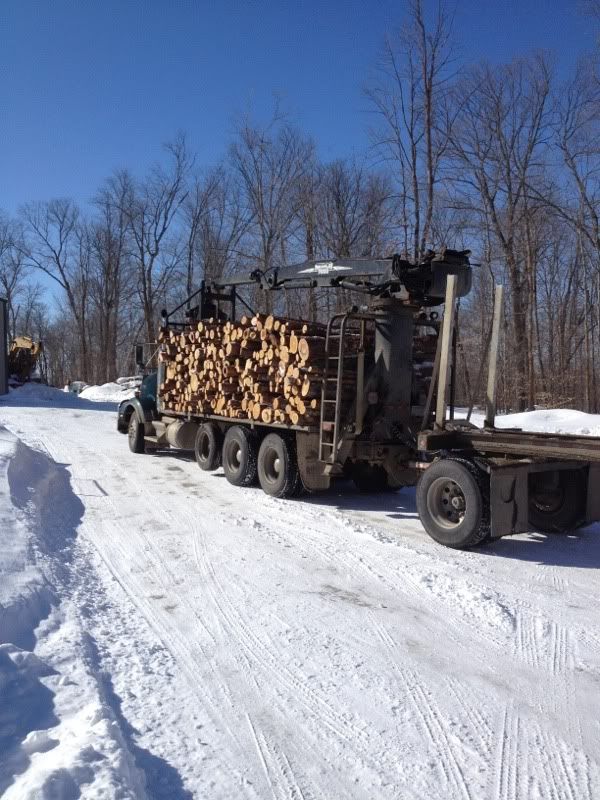Buffhunter
ArboristSite Operative
Down here in southern Arizona I cut only black and white oak for heat and juniper for fire starter and to throw some chunks on for smell and to crank the fire. We do have mesquite (which I think is a weed) but it is damn hard and has great heat and burn time (I would say just as good as oak) but I do not burn it in my house too Smokey and leaves a bad after smell. But I do love cook in my steaks and burgers on it!!!!!
But down here our permits from the USFS only lets us cut dead and down and dead and standing up to like 8in.... So I look for only dead oak with no bark and that silver look to it and that stuff is as hard as concrete and burns awesome!!!!!
But down here our permits from the USFS only lets us cut dead and down and dead and standing up to like 8in.... So I look for only dead oak with no bark and that silver look to it and that stuff is as hard as concrete and burns awesome!!!!!
























































